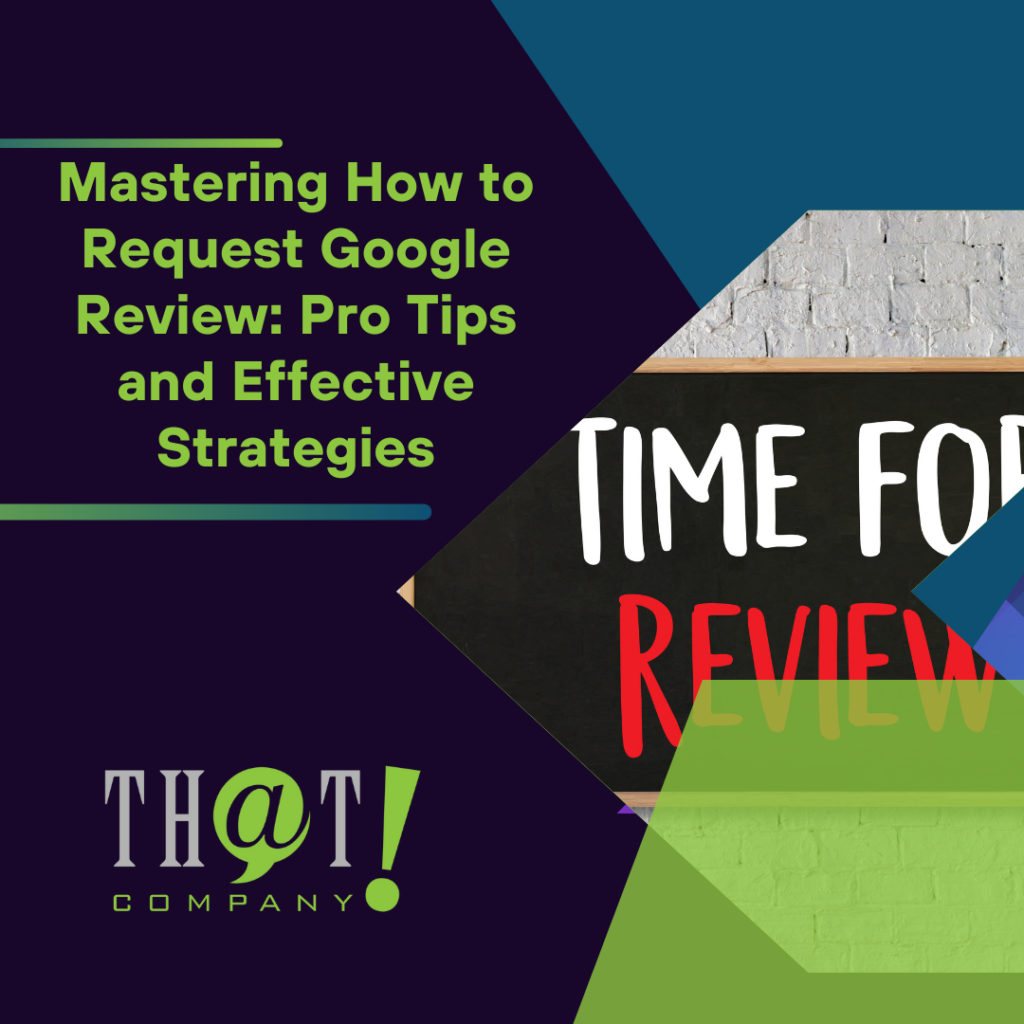 We live in an age where people are bombarded with almost limitless information and options at any given minute. With the many forms of advertising and marketing taking place all around us it can often seem too much, and people may grow desensitized to the efforts of companies trying to get their product in front of them. For companies trying to sell products or provide information, this is an obstacle that often needs to be overcome to survive. Savvy web users now understand that the web “follows them around” from site to site and platform to platform. Yet, if a company is not putting its best foot forward and getting seen by viewers, it’s almost a given that some other competing company is. Again though, with the internet being so versatile in its approach to marketing in so many ways, some internet users are learning to tune out of “distractions”.
We live in an age where people are bombarded with almost limitless information and options at any given minute. With the many forms of advertising and marketing taking place all around us it can often seem too much, and people may grow desensitized to the efforts of companies trying to get their product in front of them. For companies trying to sell products or provide information, this is an obstacle that often needs to be overcome to survive. Savvy web users now understand that the web “follows them around” from site to site and platform to platform. Yet, if a company is not putting its best foot forward and getting seen by viewers, it’s almost a given that some other competing company is. Again though, with the internet being so versatile in its approach to marketing in so many ways, some internet users are learning to tune out of “distractions”.
In online studies I’ve read recently, it’s often cited that a good sized portion of people don’t even notice ads when browsing the web anymore. So, what can you do to lessen the chance of your ad getting overlooked and make your ads more enticing and relevant? If you asked Google (or myself even), the answer would be contextual targeting. Contextual targeting is the art of getting your ads placed on relevant sites or apps through the proper use of keywords and topics. This is accomplished through the Google Display Network or GDN, which is simply a network of websites that run Google ads. Contextual advertising’s biggest strength, in my opinion, is that it markets to people who are in the mindset of your advertising efforts at the moment they are seeing your ad.
This differs from its main competitor, Behavioral Targeting, which is based on things like if a user had visited a website or a particular web page on said site. Your ads would retarget to this person by following them around the web and showing up on pages that allow Google Display Network to show ads on their site. While Behavioral Targeting works, it’s more like your ads are saying “hey we know you looked at us once, don’t forget us”. While this is a valid and often successful form of marketing, it’s retargeting a known quantity.
 If Behavioral Targeting is a reminder to someone who just wasn’t quite ready to take the plunge earlier and therefore giving them another chance, Contextual Advertising is fishing the seas of the world wide web for people already in your wheelhouse but often new to you. Contextual Targeting could then be more looked at in the light of “hello, we may have never met, but based on your interest in websites I think I may be of some interest to you”. Looking at it in this light means that Contextual Advertising captures a person’s interest based on where their mind is at that moment. Again, another great thing about this type of marketing is that this person may be completely new to you and your company, so you are introducing yourself to them while your product or service is already on their mind so your advertising is catching them when they are most likely to bite.
If Behavioral Targeting is a reminder to someone who just wasn’t quite ready to take the plunge earlier and therefore giving them another chance, Contextual Advertising is fishing the seas of the world wide web for people already in your wheelhouse but often new to you. Contextual Targeting could then be more looked at in the light of “hello, we may have never met, but based on your interest in websites I think I may be of some interest to you”. Looking at it in this light means that Contextual Advertising captures a person’s interest based on where their mind is at that moment. Again, another great thing about this type of marketing is that this person may be completely new to you and your company, so you are introducing yourself to them while your product or service is already on their mind so your advertising is catching them when they are most likely to bite.
We are the leader in helping large and small agencies deliver Pay per click management services like Google Ads Management to their clients. Can we help you? Check out more about Our White Label PPC Services to learn more about what we can do to help your agency today.
Contextual Targeting – Further Explained
An example of this would be if you enjoyed visiting sites that discussed off-road vehicles and / or the sports and hobbies surrounding that topic. Marketers know that by targeting their ads with keywords and topics that match your interest their ads would be well served being shown on this webpage. A big reason for this is because your mind is already in the mindset of the content of the website and therefore seeing an ad that matches this experience would logically be more enticing content for you to want to click on. If you were on this off-roading website and saw a random ad for baking utensils, while you could possibly have an interest in baking, the chances are far less likely that your mind will switch from off-roading to cupcakes, thus that ad would be better served elsewhere. If you had zero interest in baking, you may not even register the ad in your mind and simply skip right by it without notice.
Continuing forward with this example, if I was on a site for off-road vehicles I could further narrow down my marketing by deciding if I were targeting people who actually did off-roading themselves and / or were interested in the parts for an off-road vehicle or were just interested in the sports that showcased events featuring off roading. I would be able to control the showing of my ads better by the use of negative keywords in my campaign. If I were solely targeting the sale of parts for off-road vehicles, I may consider negating out keywords such as popular drivers in the sport and focusing on things like “off road suspension” or a popular off road brand like “XYZ suspension”. While there is a chance of over-lap here that someone may read articles that are based on this sports popular drivers and a need to purchase parts themselves, it would be much more focused if I simply removed them from my display options and targeted sites that dealt with specific parts and / or the installation of them. I’m not saying you should or even want to separate the sport from the parts, but if there is a need and it makes sense there is the ability to control your placements, and therefore your marketing budget.
While both behavioral and contextual targeting can be successful and often are, they are two very different approaches to advertising. Depending on your marketing intent (i.e. options like brand awareness, leads or sales, etc.), one may be more effective than the other, and therefore understanding when and how to use these different campaign options is imperative to a successful marketing strategy.
The two competing marketing options discussed above offer alternative advertising avenues on the Google Display Network and multiple paths for a company’s marketing efforts. The decision on which way to run your campaigns with either both, one, or simply neither of the above options may be the correct choice, but as always you need a solid reason as to the why. Someone who understands marketing and is able to put together a solid game plan on what part of the marketing audience you’re going after is a must as display advertising works best when it’s in lockstep with your company’s intent when spending advertising dollars.
Understanding the similarities and differences between the two is important if you plan to use Google Display ads in your marketing efforts. Some companies only look to push things like brand recognition knowing the sales or interactions come in other stages or pillars of their sales process. An example of this would a company that is not focused on online direct sales but with the intent of promoting their brand and / or product so that it has a better chance of sale when someone walks into a local store or shop. For companies that do not focus on direct sales, but rather wholesale this is often a very large part of the marketing strategy. I hope the above article has broken down the very two different strategies used when it comes to display marketing.
Authorship: Mikel R.























 Talk With Us
Talk With Us  Give Some Love
Give Some Love 


